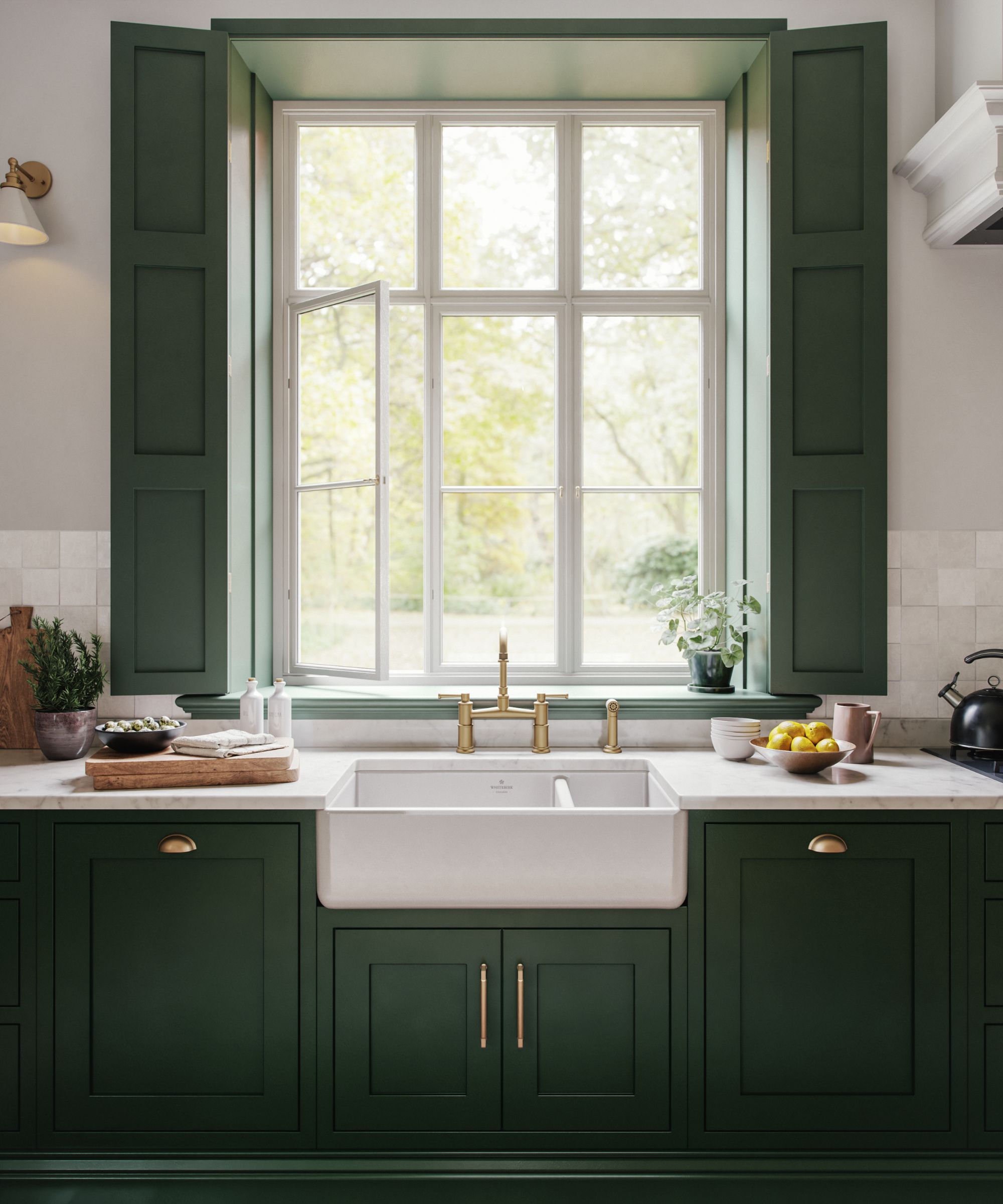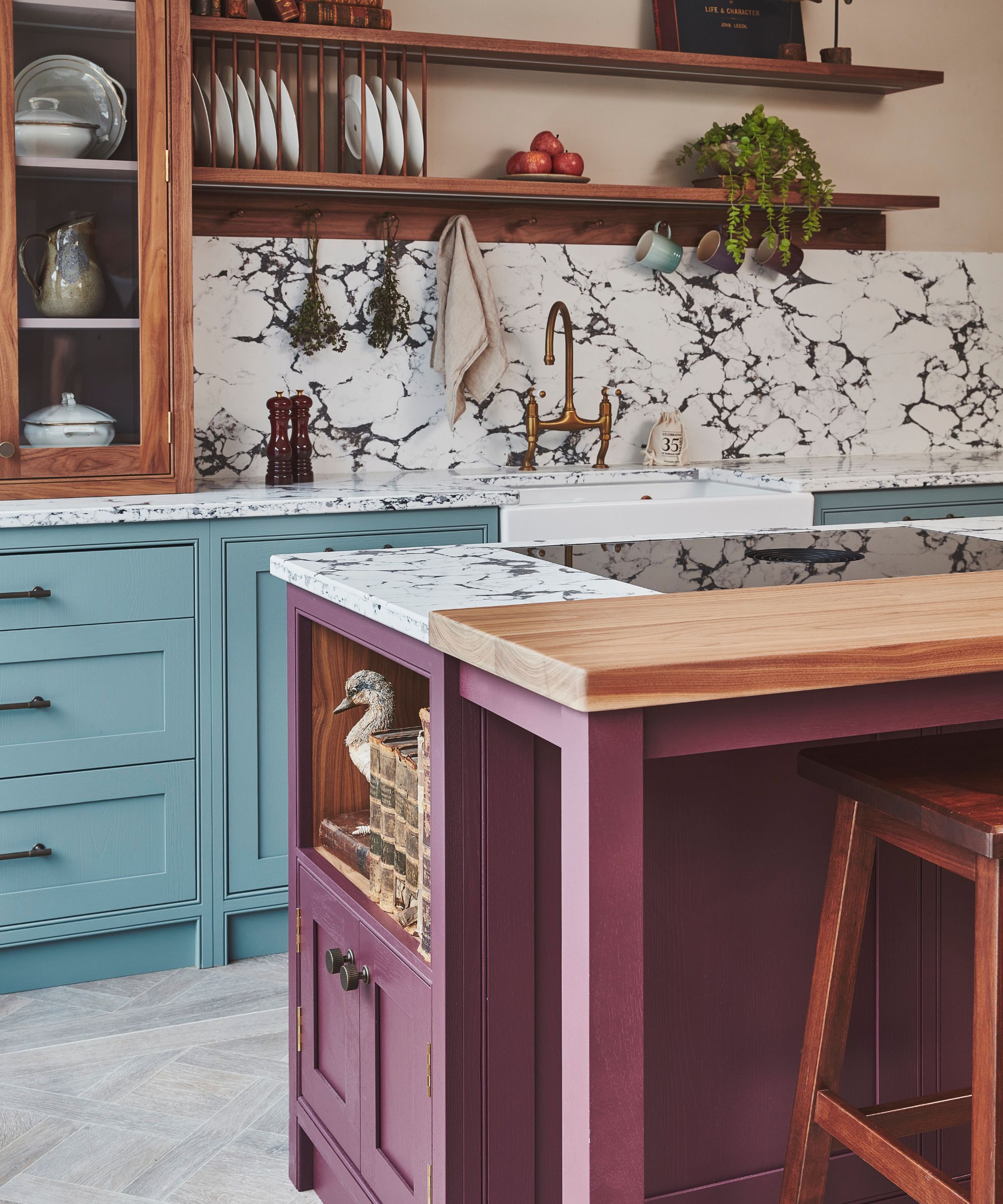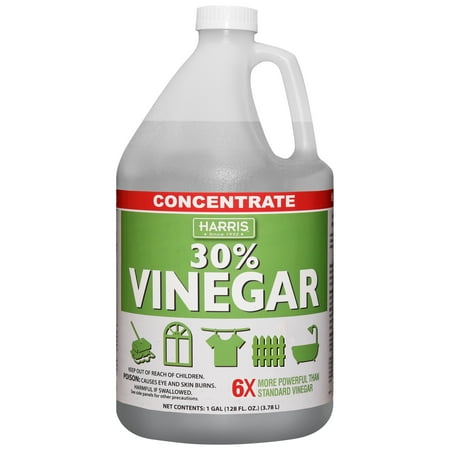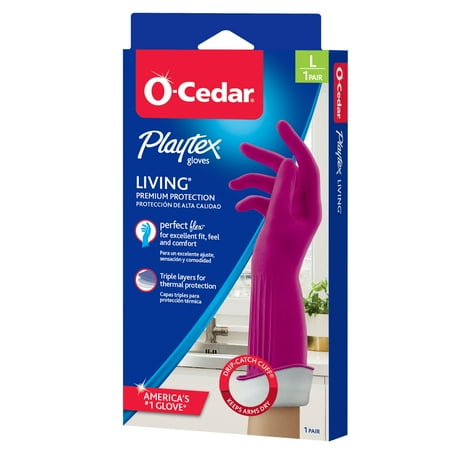I just found out my everyday antibacterial spray is toxic – this is the 2-ingredient DIY replacement that has instantly detoxed my cleaning
Who knew a simple preservative could wreak so much havoc on our health?


As part of keeping my home sanitary, I use antibacterial sprays daily, especially in my kitchen, to keep my counters fresh for food preparation. However, my eyes have been opened to the fact that many anti-bacterial sprays are, in fact, toxic.
After delving deep into green-cleaning expert Lisa Bronner’s non-toxic bible Soap & Soul (available at Amazon), I discovered that most commercial antibacterial sprays contain QUATs – a preservative that can produce known carcinogens.
So, in an effort to create a non-toxic home, I have made an immediate switch to a DIY spray instead – here’s why it plays such a huge role in keeping my household healthy.
Why antibacterial sprays are toxic
Adria Marshall, founder of EcoSlay, explains that QUATs stands for ‘quaternary ammonium compounds, and are well-known to irritate skin, trigger asthma [even in otherwise healthy people, according to the EWG], and degrade air quality.’
They can be found in countless essential cleaning supplies, including antibacterials and secretly toxic items in your laundry room.
That’s not all, either. In Soap & Soul, Lisa Bronner writes, ‘These are preservatives that release formaldehyde. Formaldehyde, while being an effective antibacterial, is a known cause of allergic contact dermatitis, a strong sensitizer (which means it creates sensitivities over repeated exposure), and [according to a 2010 study] a known carcinogen.’
The knock-on effect of QUATs extends beyond the risk of itchy skin. Looking at the larger picture, an overuse of QUAT-based cleaning products has been linked to a gradual increase in antimicrobial resistance, with a cross-resistance to antibiotics, meaning that, with time, vital medicines such as antibiotics can reduce in efficiency.
Design expertise in your inbox – from inspiring decorating ideas and beautiful celebrity homes to practical gardening advice and shopping round-ups.
It is perhaps understandable, then, that I was so eager to switch to non-toxic cleaning products free from QUATs, especially in a chronically ill household where both my partner and I suffer from various long-term conditions.
Non-toxic alternatives to QUAT antibacterials

Cleaning with vinegar is perfect for food-prep surfaces.
The solution? Cleaning with vinegar and citric acid.
According to a 2020 study, ‘acetic acid in a concentration of 10% and an addition of 1.5% citric acid has a disinfecting effect against a variety of microorganisms.’
Specifically, the study noted typical pathogens E. coli, S. aureus, and L. monocytogenes, also P. aeruginosa, K. pneumoniae, E. hirae, A. brasiliensis, and C. albicans, proving that natural cleaners can disinfect common bacteria and viruses.
‘Furthermore, this study was able to show that acetic acid in a concentration of 5, 7.5, and 10% is also effective against enveloped viruses [such as influenza and SARS-CoV-2],' it said.
This is incredible, as other studies have suggested that QUAT-based cleaners can lead to a ‘false sense of security’, as they are not as effective against all types of pathogens, including norovirus.
The caveat to this swap is that standard cleaning vinegar (usually in concentrations of five or six per cent) is not strong enough to completely replace QUAT-based antibacterial sprays.
As the study mentions, you need to use double-strength cleaning vinegar, such as the Bluewater 20% Professional Grade Concentrated Vinegar from Amazon, mixed with pure citric acid, available at Walmart.

Be careful using the spray on delicate surfaces, such as natural stone.
To make this DIY cleaning solution, combine one teaspoon of citric acid with two cups of double-strength white vinegar in a glass spray bottle, available at Walmart. To use, spray over the surface and allow to sit for five minutes before wiping away with a microfiber cloth, available from Target.
Be aware that there are some things you should not clean with vinegar, such as natural stone, as the high acidity can damage the surface. In these instances, an EWG-approved antibacterial spray is a good alternative.
The Attitude All-Purpose Cleaner from Walmart, or the Seventh Generation All-Purpose Cleaner from Target, are our top picks.
What to shop

This ultra-concentrated cleaning vinegar is a far safer choice when it comes to household disinfecting than regular 5% cleaning vinegar.

Cleaning vinegar over 10% concentrations can be incredibly drying to you skin, even if it is non-toxic. To protect your hands when cleaning, wear thick cleaning gloves.

Microfiber cleaning cloths are non-toxic, and can be washed after wash use to quickly sanitize ready for use again around your home.
FAQs
What household cleaners contain QUATs?
Many commercial household cleaning products that contain a disinfectant likely contain QUATs, for example, disinfectant wipes and sprays, laundry detergents, sanitizers, and antiseptic body care products such as hand soap.
Are QUATs used in hospitals?
QUAT-based cleaning products are no longer used in hospitals as they have been linked with various health issues, including skin irritation and respiratory problems, especially with repeated use.
Meet the experts

Adria Marshall is the founder of Ecoslay and is passionate about green living and regenerative practices, as well as advocating practical ways to make sustainability part of everyday life.

Lisa Bronner is the granddaughter of Dr. Emanuel Bronner, the founder of Dr. Bronner's Soaps. She is now a consumer advocate and speaker on health and green living.
When shopping for non-toxic cleaning products, educate yourself on common terms and regulations to help avoid greenwashing for a healthier home.

Chiana has been at Homes & Gardens for two years and is our resident 'queen' of non-toxic living. She spends most of her time producing content for the Solved section of the website, helping readers get the most out of their homes through clever decluttering, cleaning, and tidying tips. She was named one of Fixr's top home improvement journalists in 2024.
You must confirm your public display name before commenting
Please logout and then login again, you will then be prompted to enter your display name.